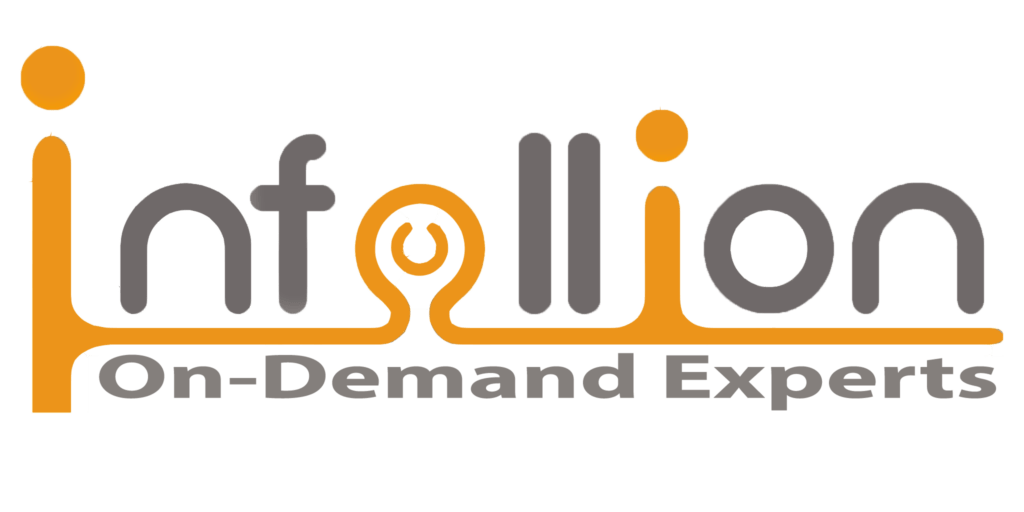Curriculum
- 4 Sections
- 19 Lessons
- 1 Day
Expand all sectionsCollapse all sections
- Evolving from Rule-Based Forecasting to ML-Based Models5
- 1.1Concepts: Traditional vs AI-driven forecasting models; from fixed rules to self-learning algorithms
- 1.2Keywords: ARIMA, Prophet, LSTM, Gradient Boosting, Ensemble Learning, Forecast Horizon
- 1.3Use Cases: Short-term SKU-level forecasts, Seasonal and new product demand prediction
- 1.4Real-life Insight: CPG firm achieved 30% accuracy gain using ensemble ML over Excel-based forecasts
- 1.5Exercise: Compare traditional moving average vs ML-driven rolling forecast outcomes
- ML Techniques & Feature Engineering in Forecasting6
- 2.1Time-series (LSTM, ARIMA+)
- 2.2Regression & tree-based models (XGBoost, Random Forest)
- 2.3Neural networks for demand classification
- 2.4Keywords: Feature Selection, Overfitting, Exogenous Variables, Lag Variables, Accuracy Metrics (MAPE, RMSE)
- 2.5Case: Auto spares supplier used rainfall, fuel prices, and economic index as input features to fine-tune seasonal forecasts
- 2.6Toolkit: Forecasting input variable map (internal + external + engineered features)
- Dynamic Replenishment Using ML4
- 3.1Concepts: AI-driven safety stock, EOQ optimization, exception-based ordering
- 3.2Keywords: Dynamic Buffering, Predictive Stockouts, Probabilistic Forecasting, Service-Level Targeting
- 3.3Real-life Insight: Electronics retailer used ML to dynamically reorder 6,000+ SKUs daily via auto-triggered thresholds
- 3.4Exercise: Simulate replenishment adjustment logic using forecast deviation and lead-time risk
- Data Integration & Model Deployment in SCM Systems4
- 4.1Platforms: SAP IBP with ML plug-ins, Oracle Demand Management Cloud, Python in Azure/Databricks
- 4.2Keywords: MLOps, Model Retraining, Real-Time API, Decision Intelligence, Demand Signal Sensing
- 4.3Situational Focus: Poor forecast performance due to stale model not updated with new product launches
- 4.4Toolkit: Model deployment checklist – from training → testing → monitoring in live demand flow

